Ice wine is a type of dessert wine that is produced from grapes that have been frozen while still on the vine. This results in dessert wines with a concentrated and sweet flavor that is highly sought after by wine connoisseurs. The ice wine production is a delicate process that requires specific weather conditions and careful harvesting techniques.
What is an ice wine
Canada and Germany are two of the largest producers of ice wine in the world. In Canada, the ice wine production is regulated by law and can only be made from approved grape varieties and harvested at specific temperatures.
In Germany, ice wine is known as “eiswein” and is made from grapes grown in the country’s colder regions.
The popularity of this sweet wine called ice wine has also spread to other countries, such as the United States and Austria, who have also started producing their own versions of this sweet wine.
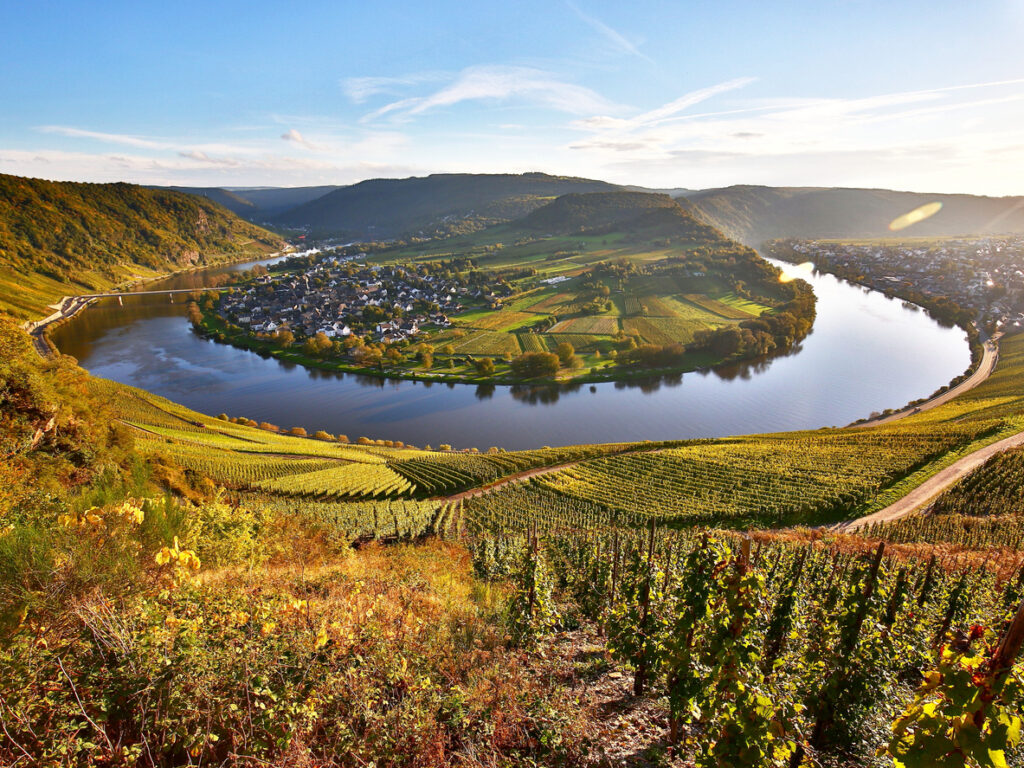
History and Origin
Ice wine, also known as Eiswein in German, is a type of very sweet wine that is made from ice wine grapes that have been frozen while still on the vine. This process concentrates the sugars and flavors in the frozen grapes, resulting in a sweet and flavorful wine.
The origins of ice wine can be traced back to the late 18th century in Germany, where winemakers discovered that grapes left on the vine to freeze produced a wine with a unique flavor profile. However, it wasn’t until the 1960s that ice wine became a commercial product in Germany.
Today, ice wine is produced in several countries, including Canada, Germany, and Austria. Canada is the largest producer of ice wine in the world, with the majority of ice wine production taking place in Ontario and British Columbia.
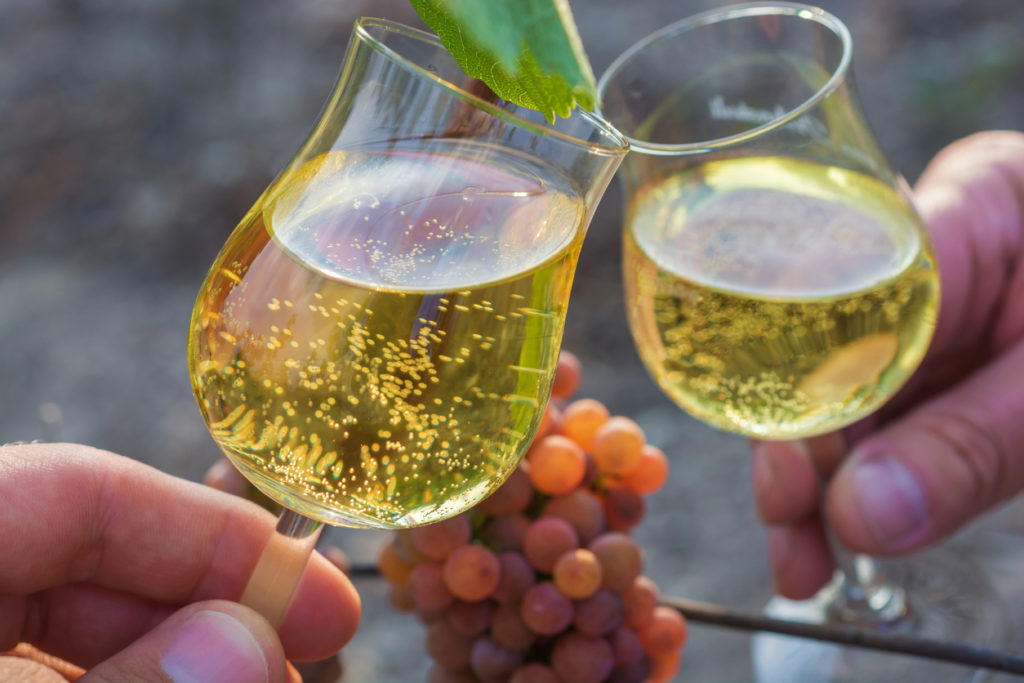
In Canada, ice wine is made primarily from Vidal Blanc and Riesling grapes, while in Germany, it is made from Riesling, Silvaner, and Gewürztraminer grapes. In Austria, ice wine is made from Grüner Veltliner and Riesling grapes.
When harvesting healthy grapes for ice wine the ice wine grapes must be picked and pressed from grapes frozen while still on the vine. This means that the yield of ice wine is much lower than that of regular wine, making it a rare and highly sought-after product.
Overall, ice wines are unique and delicious dessert wines that have a rich history and is enjoyed by wine lovers around the world.
Ice Wine Harvest – How to make ice wine
Ice wine production begins with the harvesting of grapes. The ice wine harvest takes place in the middle of the night when temperatures are below freezing temperatures. This is because the grapes must be naturally frozen on the vine to produce ice wine. The grapes are carefully picked by hand to ensure that only the highest quality grapes are used for ice cubes.
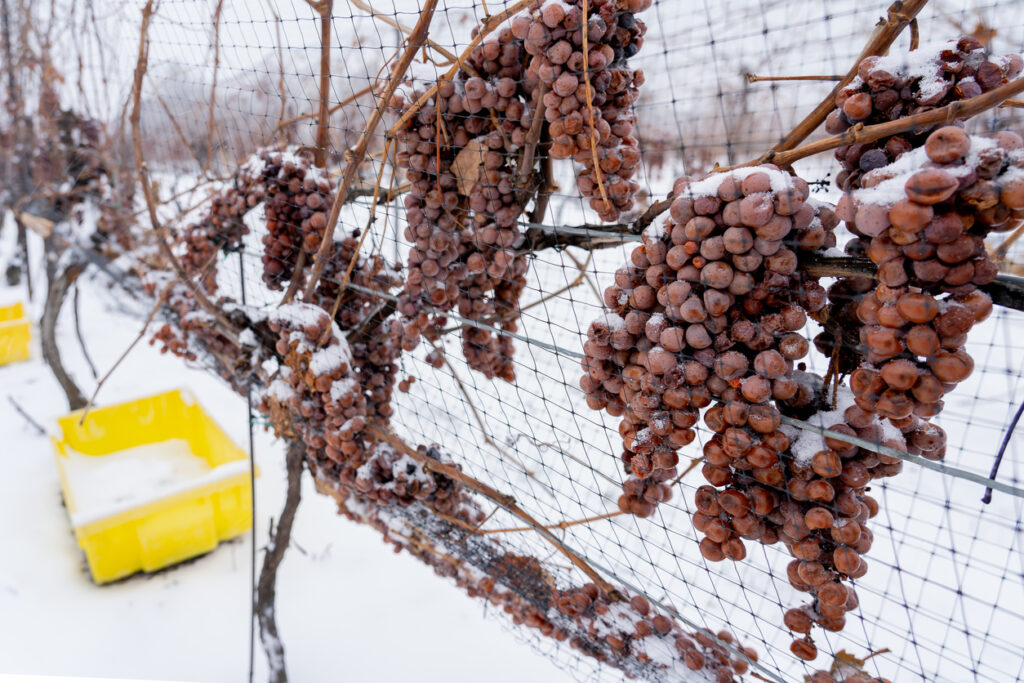
Pressing
After harvesting grapes, they are taken to the press where they are gently pressed to extract the grape juice. The juice is then separated from the skins and seeds and transferred to a stainless steel tank for fermentation. It is important to note that the frozen grapes must remain below freezing temperature during the pressing process to ensure that the juice is concentrated and sweet.
Fermentation
The fermentation process for ice wine is much slower than for regular wine. This is because the juice is highly concentrated and contains a high amount of sugar. The yeast used for fermentation is specially selected to ensure that it can handle the high sugar content. The fermentation process can take several months to complete and is carefully monitored to ensure that the dessert wines produced are of the highest quality.
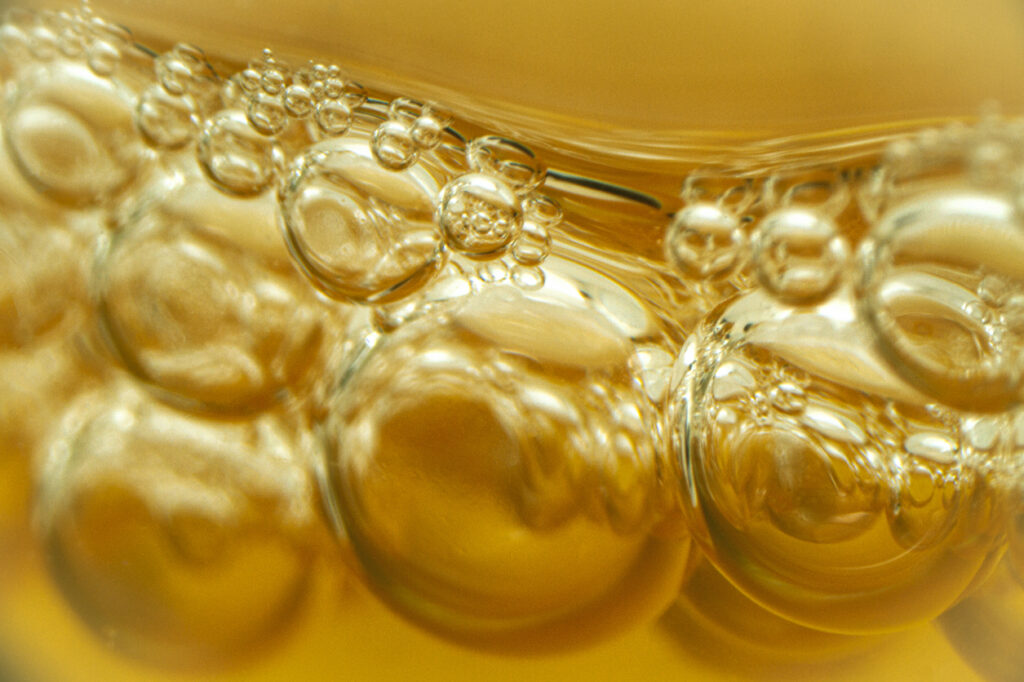
During the fermentation process, the ice crystals that form in the juice are removed to ensure that the wine is clear and free of any sediment. Once the fermentation process is complete, the wine is aged for several months to allow the flavors to mature and develop.
Overall, the production process for ice wine is a delicate and time-consuming process that requires careful attention to detail. However, when done correctly, the result is a sweet and flavorful ice wine taste that is highly sought after by wine enthusiasts around the world.
Varieties of Ice Wine
Vidal
Vidal is a popular grape variety used for producing ice wine due to its thick skin, high acidity, and resistance to disease. It is a hybrid of Ugni Blanc and Seibel grapes and is grown mainly in Canada and the northeastern United States. The resulting ice wine made from Vidal grapes is known for its tropical fruit flavors, apricot, and honey notes.
Riesling
Riesling is a versatile grape variety that is used to produce a wide range of wines, including ice wine. It is grown mainly in Germany, Austria, and the northeastern United States. The dessert wine produced from Riesling grapes is known for its high acidity, floral aromas, and flavors of peach, apricot, and honey.
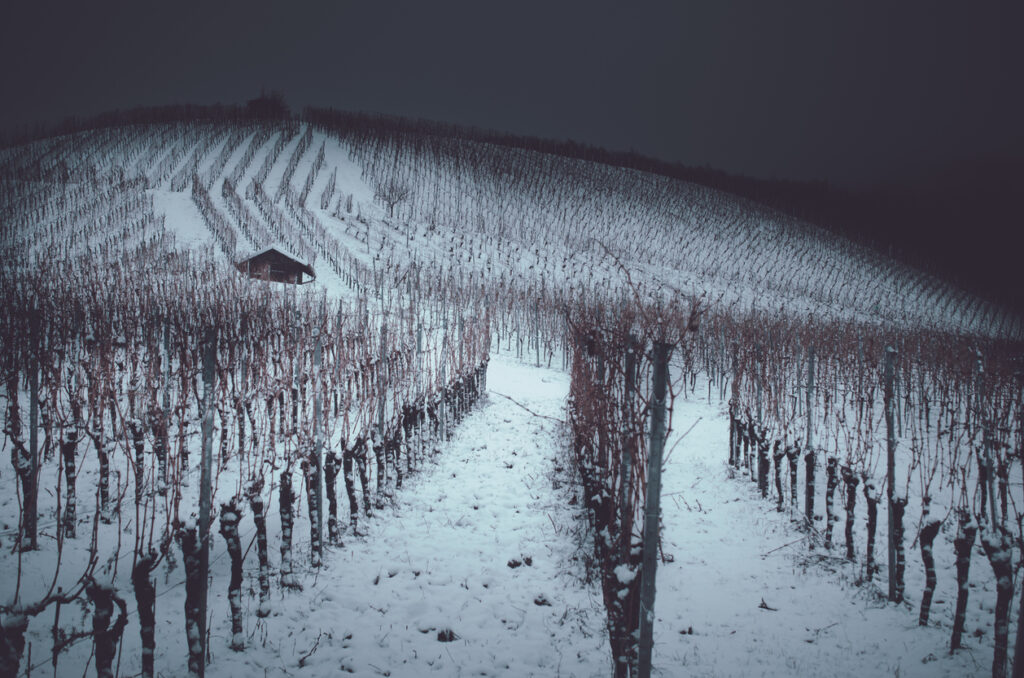
Cabernet Franc
Cabernet Franc is a red grape variety that is used to produce both red and ice wines. It is grown mainly in Canada and the northeastern United States. The ice wine made from Cabernet Franc grapes is known for its flavors of raspberry, blackberry, and chocolate.
Gewürztraminer
Gewürztraminer is a white grape variety that is used to produce a range of wines, including ice wine. It is grown mainly in Germany, Austria, and the northeastern United States. The ice wine made from Gewürztraminer grapes is known for its floral aromas, flavors of lychee, peach, and honey.
Vidal Blanc
Vidal Blanc is a hybrid grape variety that is used to produce ice wine due to its thick skin, high acidity, and resistance to disease. It is grown mainly in Canada and the northeastern United States. The ice wine made from Vidal Blanc grapes is known for its tropical fruit flavors, apricot, and honey notes.
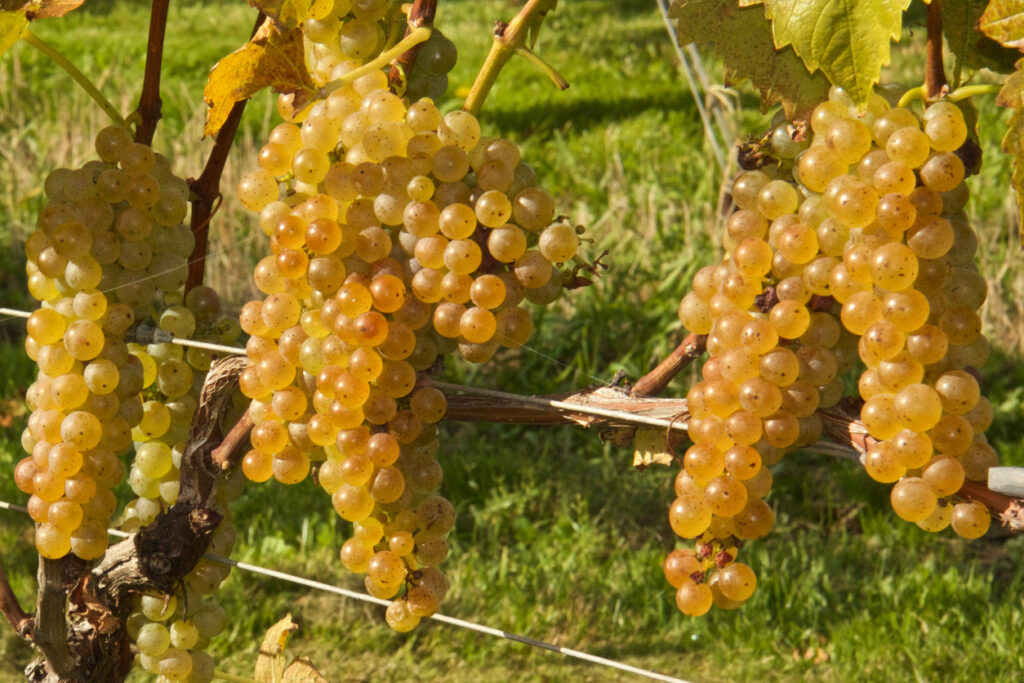
Grüner Veltliner
Grüner Veltliner is a white grape variety that is grown mainly in Austria and is used to produce a range of wines, including ice wine. The ice wine made from Grüner Veltliner grapes is known for its high acidity, floral aromas, and flavors of peach, apricot, and honey.
Chenin Blanc
Chenin Blanc is a white grape variety that is grown mainly in France and South Africa and is used to produce a range of wines, including ice wine. The ice wine made from Chenin Blanc grapes is known for its high acidity, flavors of honey, apricot, and peach, and a hint of nuttiness.
Ice wine can be made from various grape varieties, and each variety has its unique flavor profile. The grape variety used, along with the winemaking process, affects the final taste and aroma of the ice wine.

Notable Producers
Inniskillin
Inniskillin is a Canadian winery located in the Niagara region of Ontario, Canada. It was founded in 1974 and is one of the oldest and most respected ice wine producers in the world. Inniskillin has won numerous awards for its ice wines, including the prestigious Grand Prix d’Honneur at Vinexpo in Bordeaux, France. Inniskillin produces a range of ice wines, including Vidal, Cabernet Franc, and Riesling.
Okanagan Valley
The Okanagan Valley in British Columbia, Canada is known for producing some of the best ice wines in the world. The region has a unique climate that allows grapes to freeze on the vine, which is essential for producing high-quality ice wine. Some notable ice wine producers in the Okanagan Valley include Mission Hill, Quails’ Gate, and Summerhill Pyramid Winery.
Rheingau
The Rheingau region in Germany is known for producing some of the best Riesling ice wines in the world. The region has a long history of producing high-quality wines, and its ice wines are no exception. Some notable ice wine producers in the Rheingau include Schloss Johannisberg and Weingut Robert Weil.

Rheinhessen
The Rheinhessen region in Germany is another notable producer of ice wine. The region is known for producing ice wines made from a variety of grapes, including Riesling, Scheurebe, and Silvaner. Some notable ice wine producers in Rheinhessen include Weingut Keller and Weingut Gunderloch.
Niagara
The Niagara region in Ontario, Canada is one of the most important ice wine regions in the world. The region is known for producing high-quality ice wines made from a variety of grapes, including Vidal, Cabernet Franc, and Riesling. Some notable ice wine producers in Niagara include Inniskillin, Jackson-Triggs, and Peller Estates.
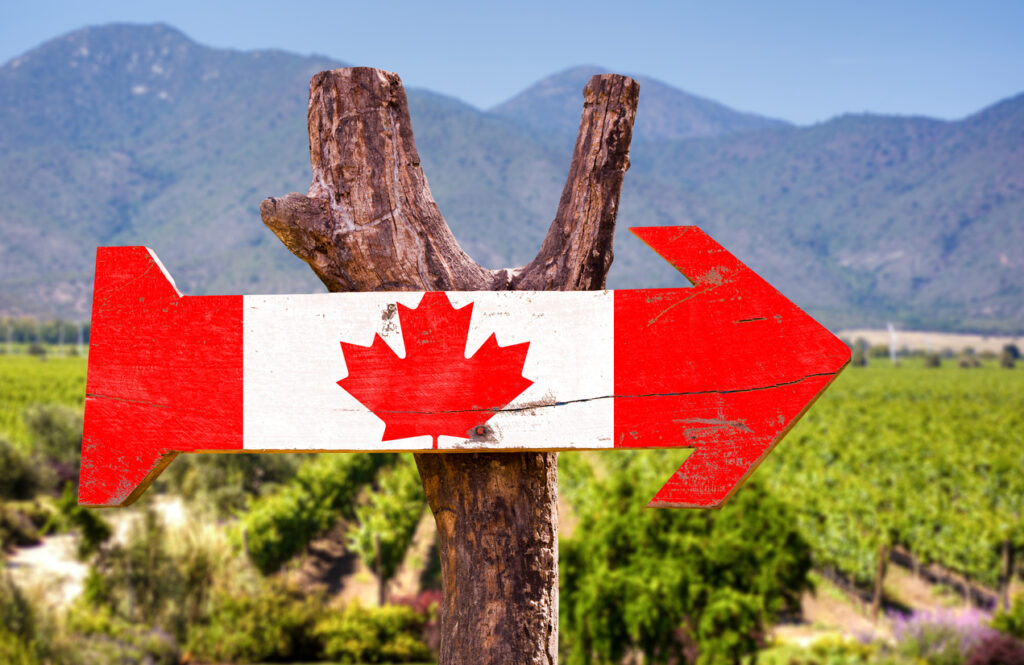
In conclusion, there are many notable ice wine producers around the world, but these are just a few of the most respected and well-known. Whether you’re a fan of Canadian ice wines or German Riesling ice or sweet wines here, there’s something for everyone to enjoy.
Tasting and Pairing
Look
When it comes to Ice Wine, the first thing to notice is its color. It is typically a deep golden hue, with some variations depending on the grape variety and region. The wine’s texture is also an essential aspect to consider. Ice Wine is known for being rich and syrupy, with a high concentration of flavors and aromas.

Flavor Profile
Ice Wine’s flavor profile is unique and complex. It has a perfect balance of sweetness and acidity, making it a refreshing and enjoyable drink. The wine’s sweetness is not overpowering, and it is often described as honey-like. The acidity adds a refreshing tang to the wine, making it a perfect match for many foods.
Pairing Suggestions
When it comes to pairing Ice Wine, there are several options to consider. One of the most popular pairings is with blue cheese. The cheese’s savory flavor complements the wine’s sweetness and acidity, creating a perfect balance of flavors. You can drink ice wine in combination with foie gras.
Another option is to pair it with port or chocolate. The sweetness of the wine is a great match for these rich and decadent desserts.
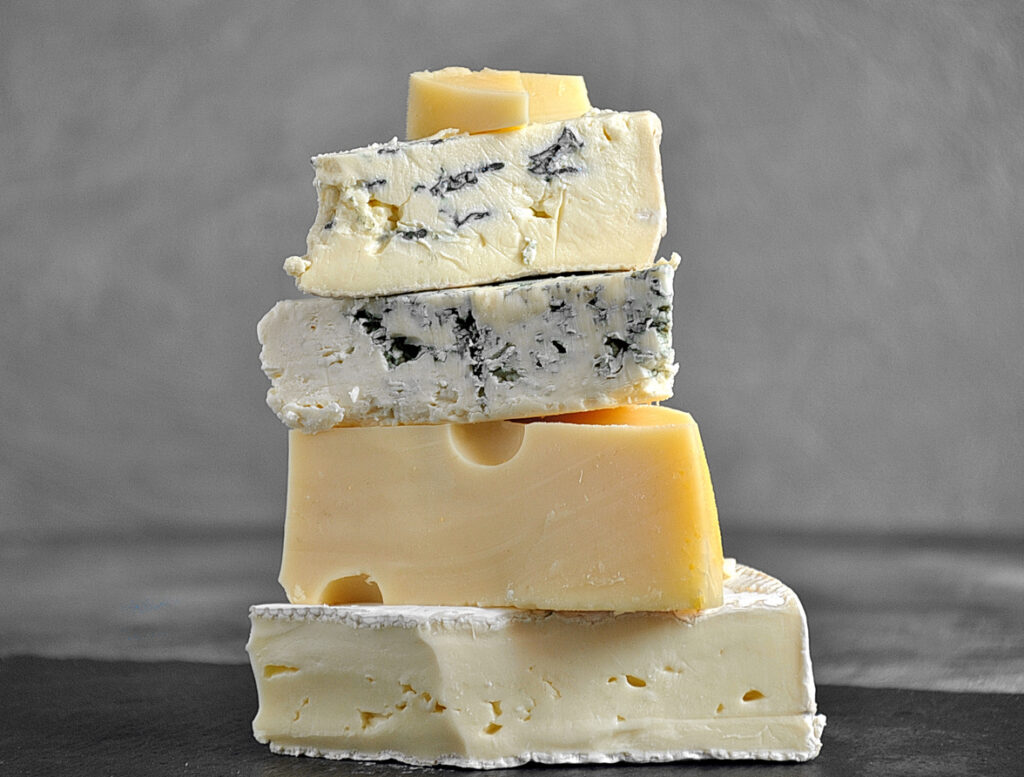
If you’re looking for a lighter pairing, consider pairing Ice Wine with citrus or pound cake. The wine’s acidity complements the citrus’s tang, while the sweetness balances the cake’s richness. Lastly, for a more savory pairing, try pairing Ice Wine with cheesecake. The wine’s sweetness cuts through the cheesecake’s creaminess, creating a unique and enjoyable flavor combination.
Overall, Ice Wine is a versatile wine that can be paired with a variety of foods. Its unique flavor profile and texture make it a perfect match for many desserts and cheeses.
Market and Pricing
Ice wine is a luxury product, and as such, it is generally more expensive than other types of wine. The price of ice wine can vary depending on a variety of factors, including the quality of the grapes used, the region in which the wine was produced, and the demand for the wine.
Typically, a bottle of ice wine will cost between $50 and $200, with some of the most expensive bottles costing upwards of $500. It is not uncommon to find half-bottles of ice wine, which are typically sold for half the price of a full bottle.
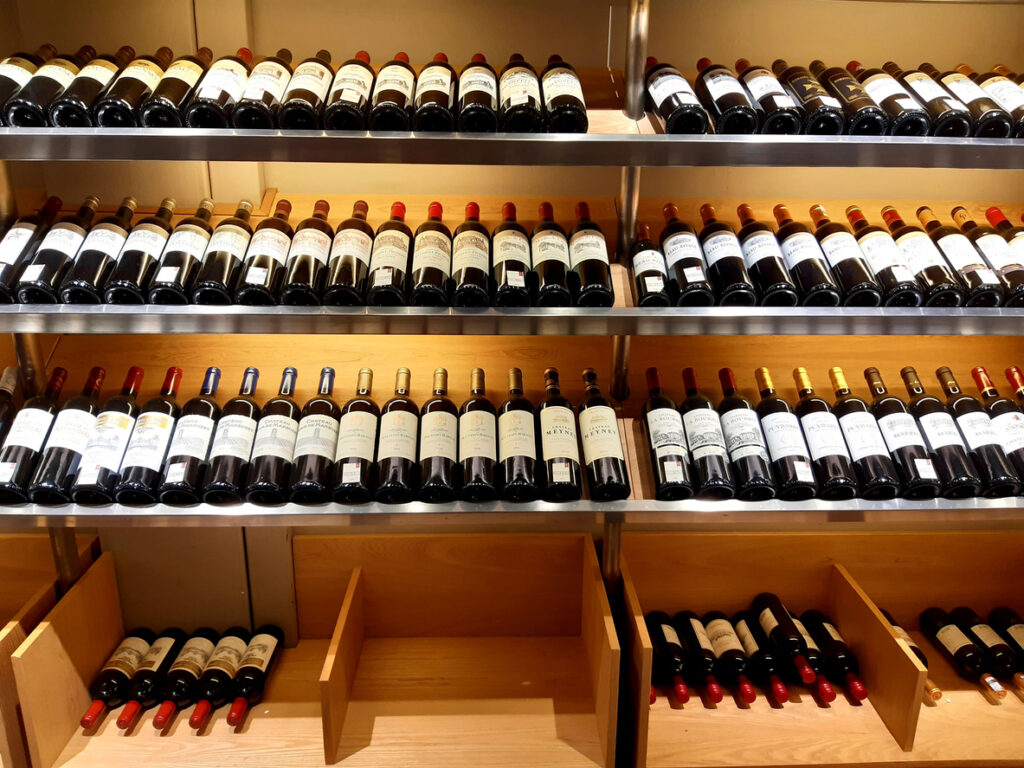
The market for ice wine is relatively small, with most of the production taking place in Canada, Germany, and Austria. However, ice wine is becoming more popular in other regions, such as the United States and China, which could lead to an increase in demand and prices.
Overall, the market for ice wine is driven by a combination of factors, including the quality of the product, the demand for luxury goods, and the availability of the true ice wine itself. While ice wine is not for everyone, those who appreciate its unique taste and production process are willing to pay a premium for this rare and special wine.
Challenges in Production
Producing ice wine is a challenging process that requires careful attention to detail and a bit of luck. Several factors can impact the quality and quantity of ice wine produced, including weather, temperature, frost, rain, wildlife, and technique.
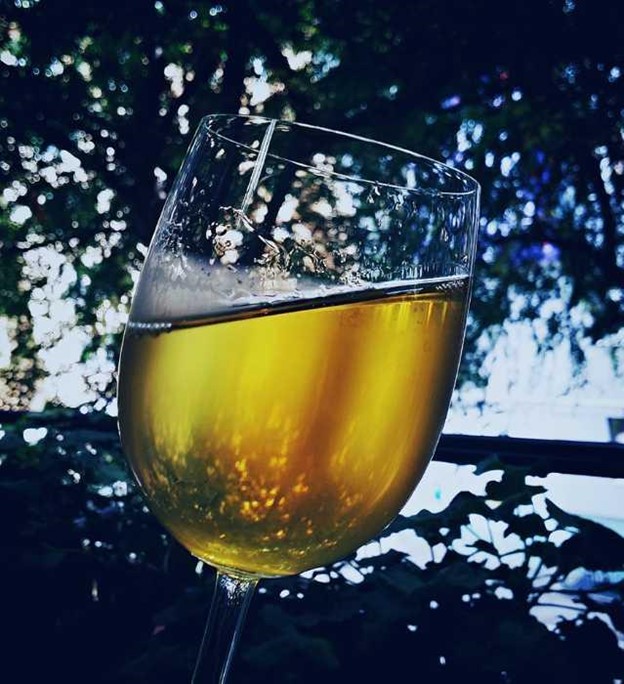
One of the most significant challenges in producing ice wine is the weather. Grapes used for ice wine must be harvested when the temperature drops below freezing. If the temperature does not drop low enough, the grapes will not freeze, and the resulting ice wine grapes will not have the desired sweetness and acidity. On the other hand, if the temperature drops too low, the grapes can freeze solid, making them unusable for winemaking.
Temperature
Frost is another challenge that can impact the quality of ice wine. If frost occurs before the grapes are fully ripe, it can damage the fruit and reduce the yield. Additionally, if frost occurs during the harvest, it can make it difficult to pick the frozen grapes, as they become frozen to the vine.

Rain
Rain is another factor that can impact the production of ice wine. If it rains during the harvest, the grapes can become diluted, reducing their sugar content and altering the flavor of the resulting wine.
Wildlife can also be a challenge when producing ice wine. Birds and other animals are attracted to the sweet grapes in natural ice wines and can damage or destroy entire vineyards if not kept under control.
The Way to Success
Finally, the technique used to produce ice wine is critical to its success. The grapes must be pressed while still frozen, which requires specialized equipment and careful handling. Additionally, the fermentation process for canadian ice wine can be challenging, as the high sugar content can make it difficult to control the temperature and prevent spoilage.

Overall, producing ice wine is a complex process that requires a combination of skill, knowledge, and luck. While there are many challenges to overcome, the resulting late harvest wines are a unique and highly sought-after product that is well worth the effort.
Unique Characteristics
Ice wine is a dessert wine that is made from grapes that have been left to freeze on the vine. This process results in a concentrated juice that is high in sugar and acidity. The unique characteristics of ice wine include its sweetness, fruitiness, and high acidity.
Sweetness
Ice wine is known for its intense sweetness, which is a result of the high sugar content of the grapes. The grapes used to make ice wine must have a minimum Brix level of 35, which is much higher than the Brix level required for regular wine. This high sugar content is due to the fact that the grapes are left on the vine for an extended period of time, allowing them to develop a high concentration of sugar.
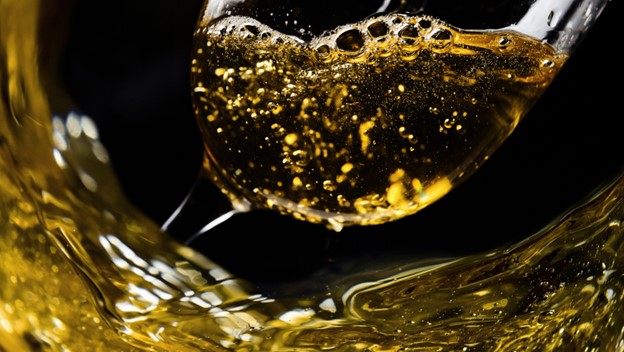
In addition to its sweetness, ice wine is also known for its fruity flavors. The freezing process causes the water in the grapes to freeze. It leaves behind a concentrated juice that is full of flavor. The fruit flavors in ice wine can range from citrus to tropical, depending on the type of grape used.
Acidity
Ice wine is also characterized by its high acidity. The freezing process called ice wine causes the water in the grapes to freeze, leaving behind a juice that is high in acidity. This high acidity helps to balance out the sweetness of the wine, making it a perfect dessert wine.
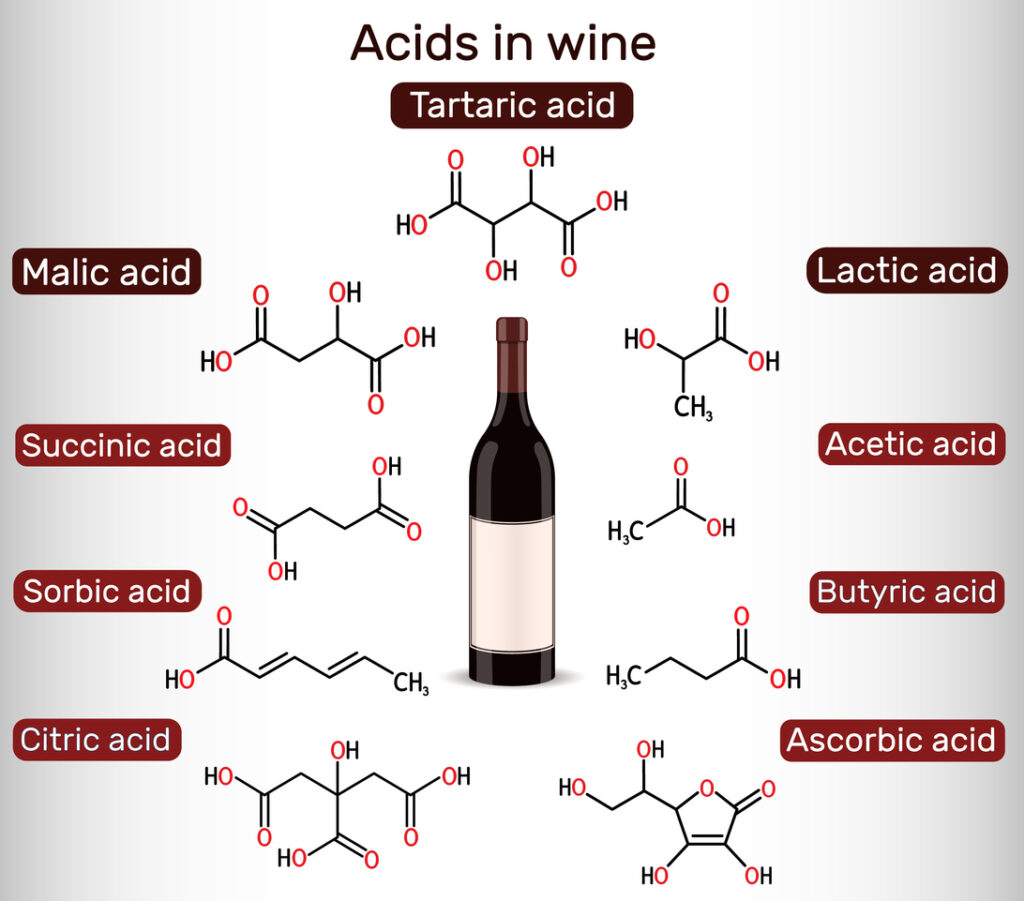
Ice wine is also unique in that it is made from grapes that have been left to freeze on the vine. This process is only possible in cold climates, making ice wine a rare and highly sought-after wine. The grapes are typically harvested in the middle of the night when the temperature is the coldest. Subsequently it is then pressed immediately to extract the concentrated juice.
Overall, ice wine is a unique and rare dessert wine that is known for its sweetness, fruitiness, and high acidity. This very sweet wine is a perfect wine to serve with dessert or as a dessert on its own.
- Ice Wine: A Guide to the Sweetest Wine You’ll Ever Taste - July 9, 2023
